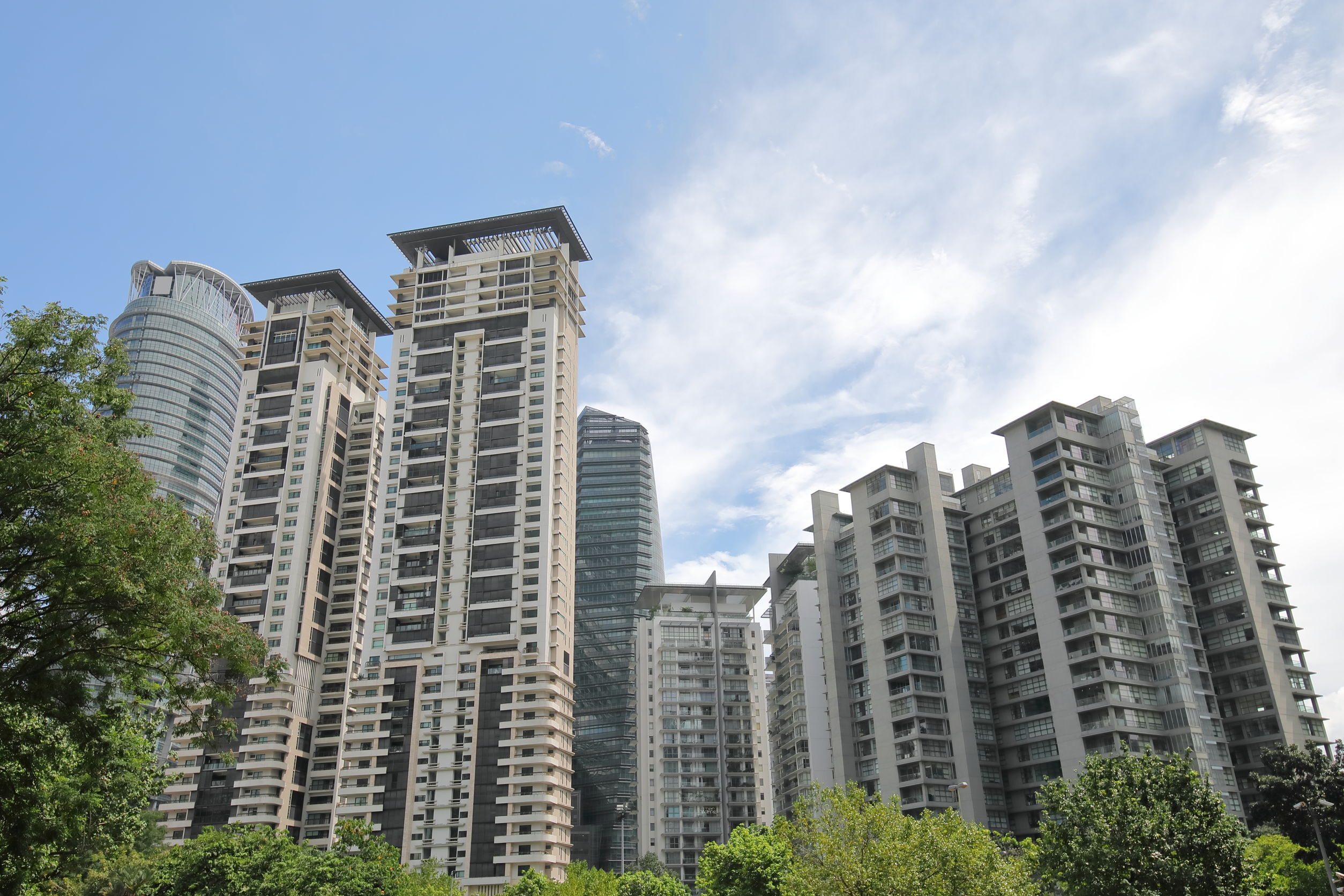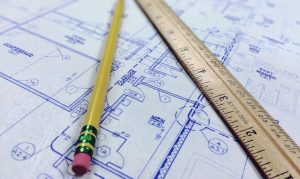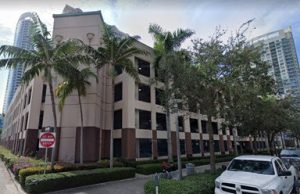
Condo Milestone Inspections:
What are Condo milestone structural inspections?

A milestone structural inspection is required for every residential and commercial building in Florida that is three stories or higher.
If you own any such structure or are a member of the building association, you’re legally required to conduct timely inspections. And for that purpose, the laws need you to hire a structural engineer like EMA Structural Forensic Engineers licensed in the state of Florida.
The engineer/s will visually assess all areas of your building and analyze its structural components for safety. And once the inspection is complete, they will provide you with a structural assessment report detailing their findings, professional opinions, and recommendations.
It is possible that your building has structural problems, which will be detailed in the report, along with ways you can fix them.
In fact, the structural building inspector can even refer construction contractors to carry out the impending repairs on your property.
There you have it, milestone structural inspections simplified.
What are new changes to milestone inspections?
Just as the proposed changes to 40 year structural recertification, the new condo milestone inspection rules change the timeline of your building’s structural evaluation.
Here are the new milestone inspection timelines for various buildings in the state:
For all buildings three stories or higher
You should get a milestone inspection when your multistoried building with three or more floors turns 30 years old.
By what time should the inspection be completed, you may ask?
As per the new laws, it is mandatory that your building/house structural inspection is completed by December 31st of your property’s 30th year.
Further, you’ll need to conduct a structural engineer inspection every ten years after the initial 30th year inspection. That means if you get a milestone inspection in 2025, you’re required to get another inspection in 2035, followed by one in 2045, and so on.
Milestone structural inspections for buildings near the coastline
If your building or condominium is near the sea shore, the milestone structural inspection rules are slightly different for you.
So what’s the difference in the inspection scheme?
The rules say that if your structure is built within three miles of the coastline, the initial milestone inspection shall be conducted when the building turns 25. Meaning, you’re required to get a structural inspection by December 31st of the 25th year instead of 30th year.
However, the ten-year milestone structural inspections rule is the same for you as the non-coastal buildings. So you’ve got to get similar building structure inspections done in the 35th, 45th, 55th year, and so forth.
But why exactly is the rule different for coastal buildings?
You see, the structures along the seashore are exposed to an intense coastal climate and are prone to damage. In fact, as hurricanes become more frequent and intense, it’s the coastal buildings that take the toll.
So it is necessary to ensure that these buildings have a sound structure and that they are safe for inhabitants.
For buildings with occupancy certificates dating July 1st, 1992, or before
If the certificate of occupancy for your building was issued on July 1st, 1992, or before that, you’ve till December 31st, 2024, to get milestone structural inspections.
It is the date on which the certificate of occupancy was issued that determines the exact age of your building. And if the occupancy certificate is unavailable, the date of occupancy in any local official record will decide your building’s age.
#3. How do milestone structural inspections work?

And if you’re wondering what the two-phase inspection is all about, here’s what it includes:
Phase one of the milestone inspection
The first phase is all about a visual inspection of your property by the structural engineer. Herein, the inspector assesses both the habitable and uninhabitable areas of your building.
The very purpose of the first phase in milestone structural inspections is to examine the qualitative aspect of the structure. So the engineer tries to find whether or not the structure is sound and safe for the building occupants.
Phase two of the milestone inspection
The second phase of a structural engineer inspection will only be conducted if the inspector/s finds signs of major damage during phase one.
Also, the phase two inspection can even involve destructive testing, meaning the inspectors may tear down part of the structure.
They do so to have a complete understanding of the extent to which your building’s structure is damaged.
However, you can rest easy as the wear and tear is the least disruptive and can be easily repaired.
What happens after the milestone structural inspections?
Once both the phases of milestone structural inspections are concluded, the engineer will prepare a post-inspection report. The details of the inspection and its findings are documented in this report, along with a summary of the same.
Next up, the engineer will provide a sealed copy of the inspection report to the building owner, the condominium or cooperative association, and the local building safety official.
Since the report includes detailed suggestions on structural repairs, you can follow them to carry out the necessary fixes.
What are your post-inspection responsibilities?

As a member of the building association, it is your responsibility to provide a copy of the inspection report to every condominium or cooperative unit owner.
Also, you need to put a copy of the report summary at a noticeable spot on the property. The idea is that each occupant of the property should be aware of the building’s structural conditions.
The new milestone structural inspections law continues the previous penal provisions of not complying with the report’s recommendations. That means the local building officials can even penalize you if you don’t carry out timely structural restorations as suggested by the structural engineer inspection report.
